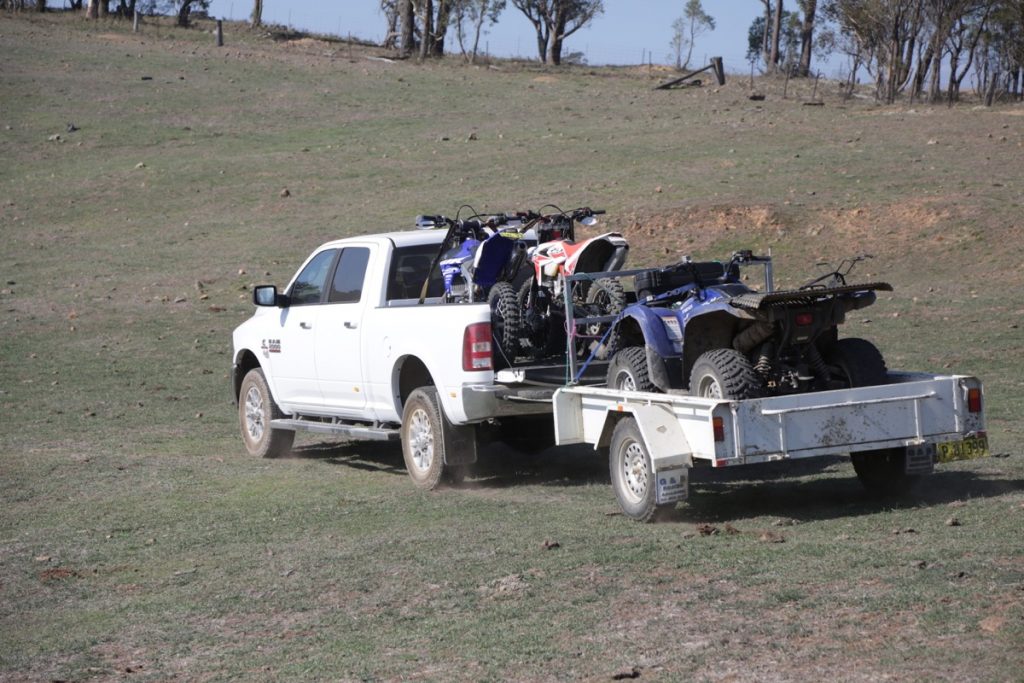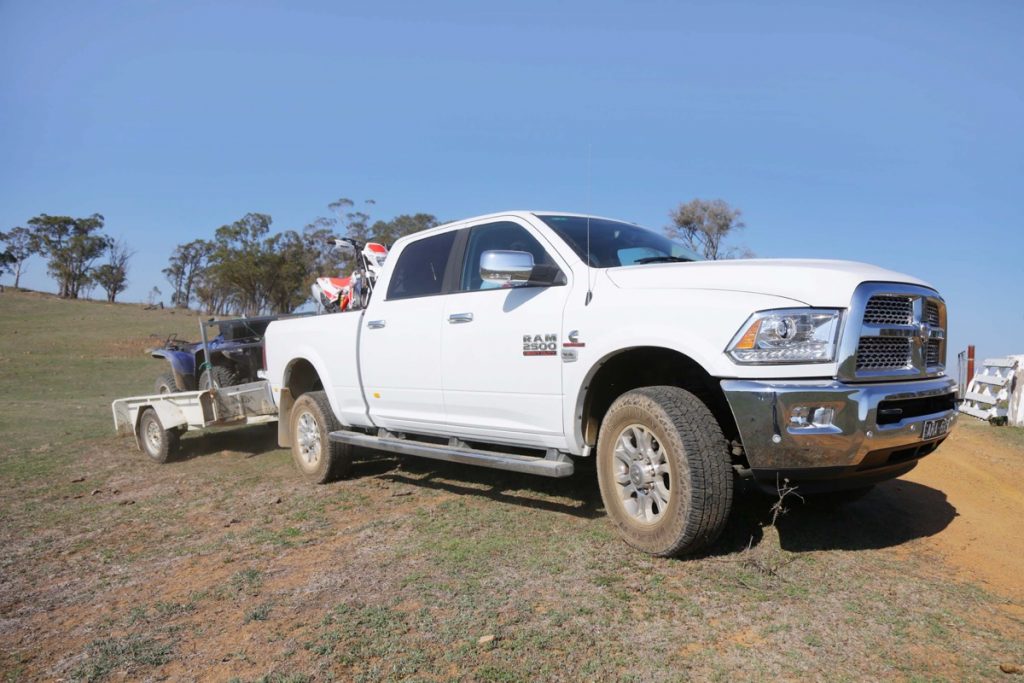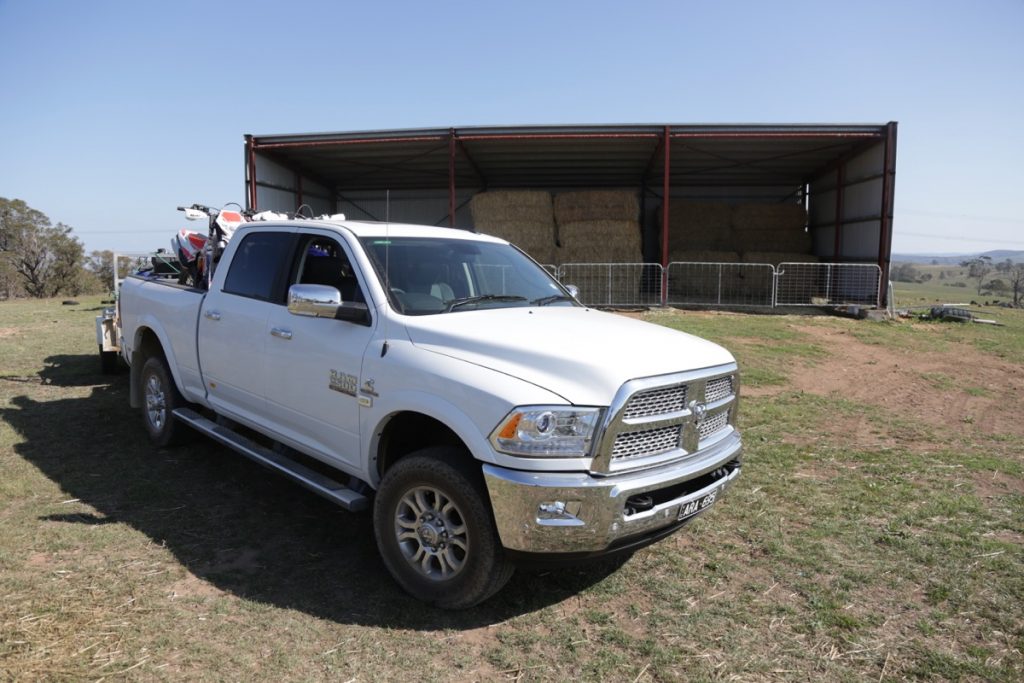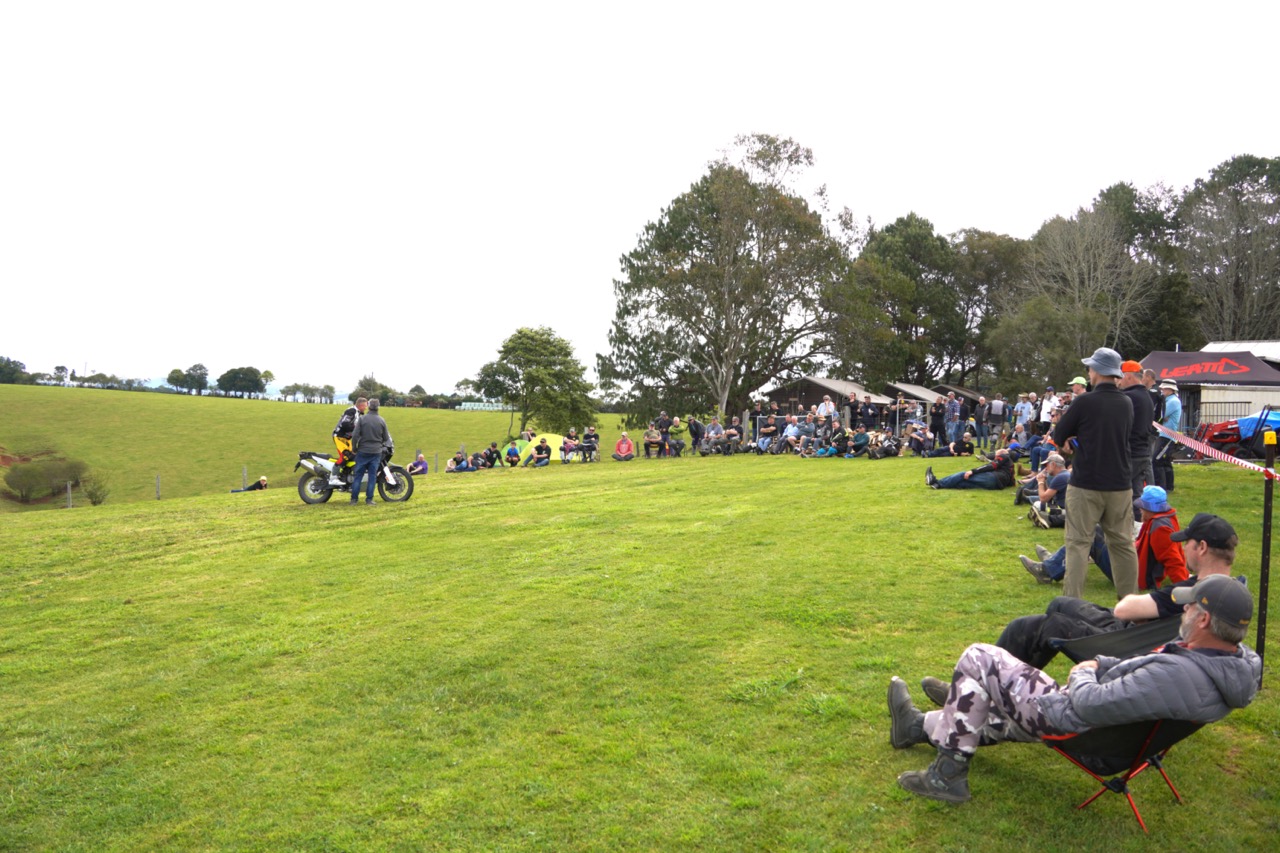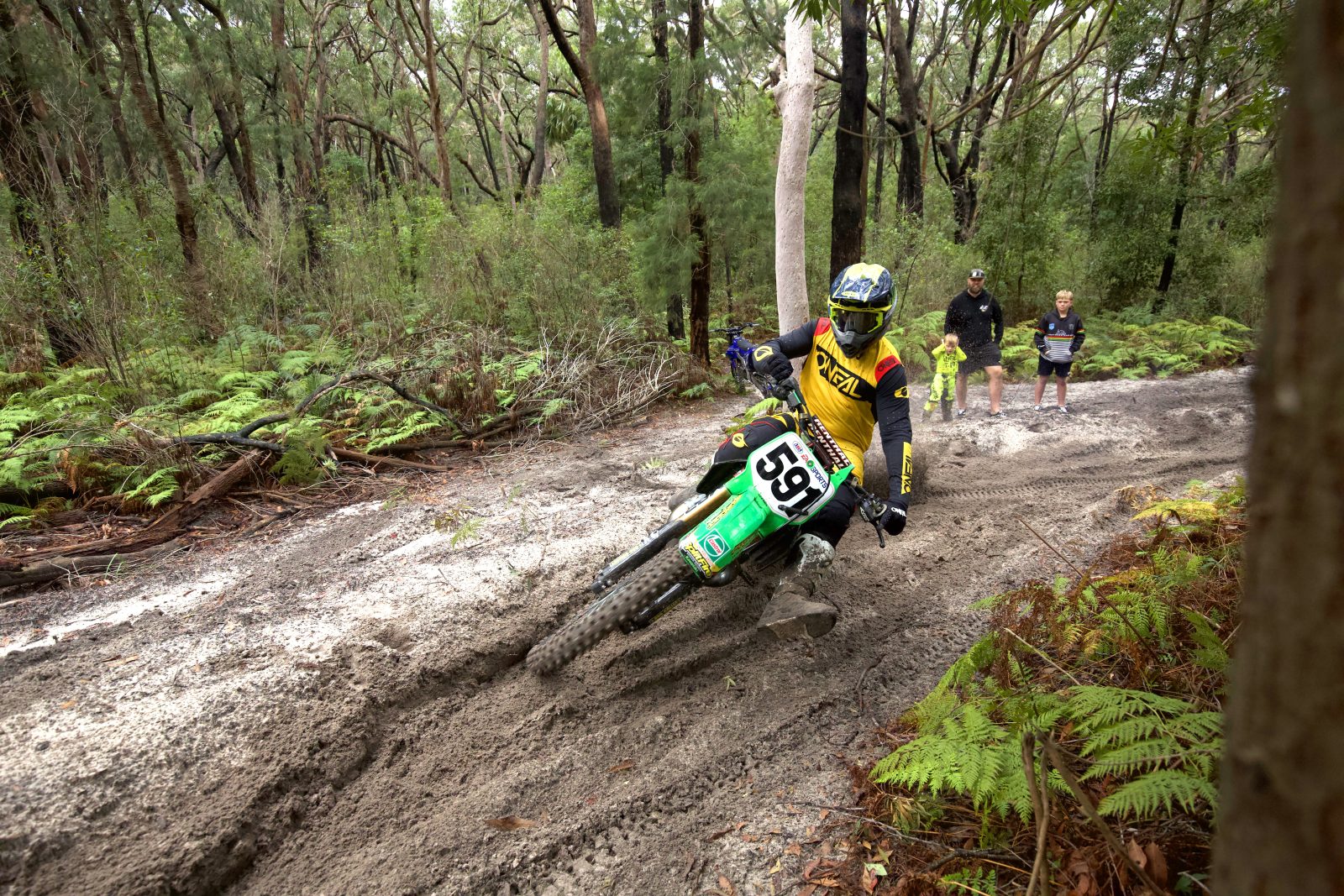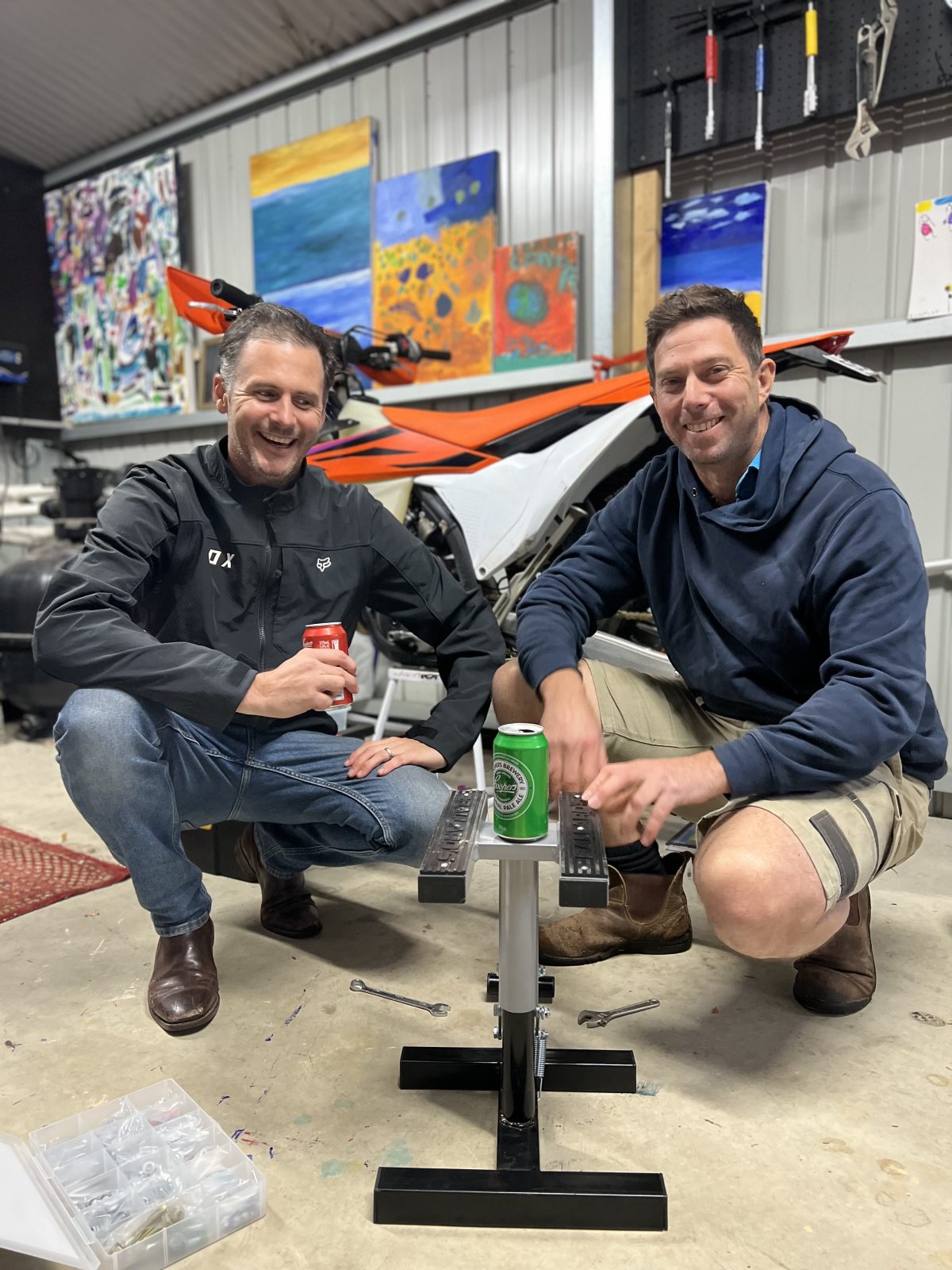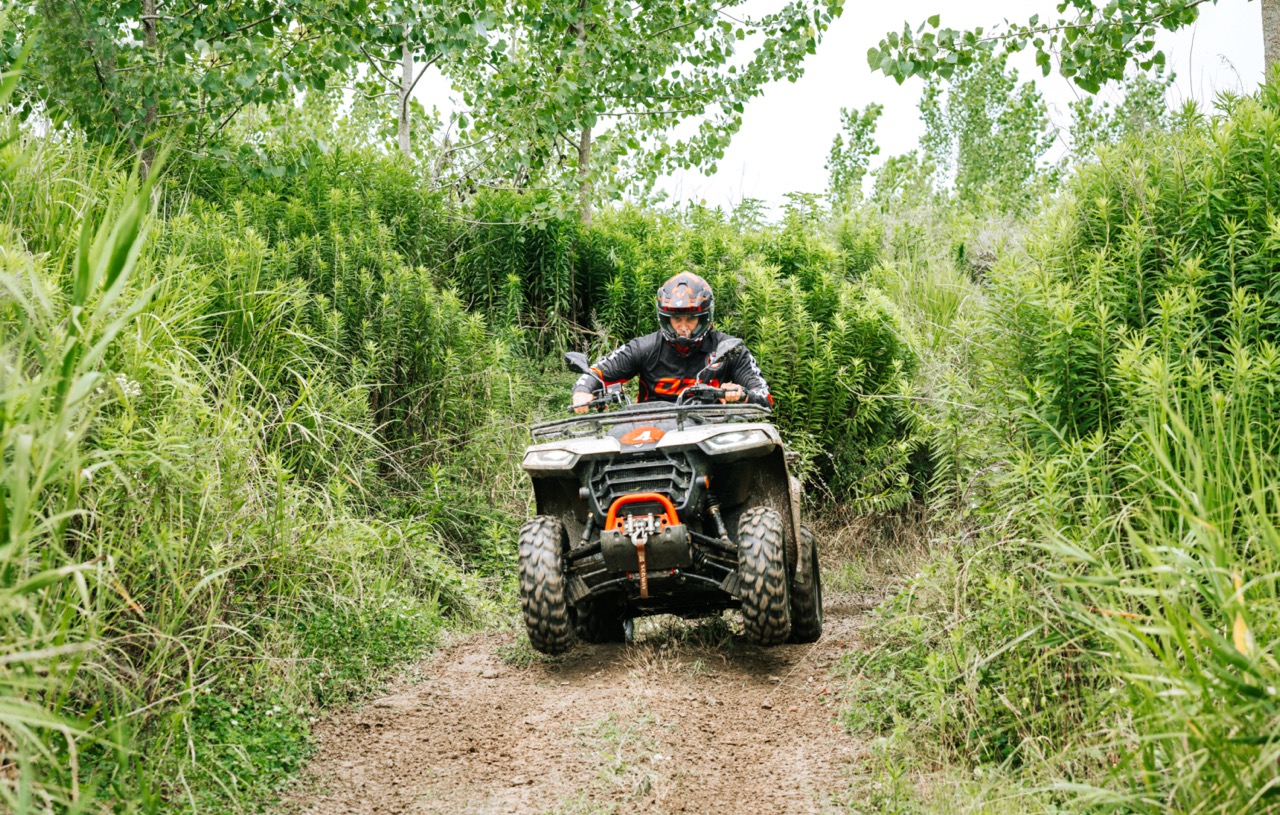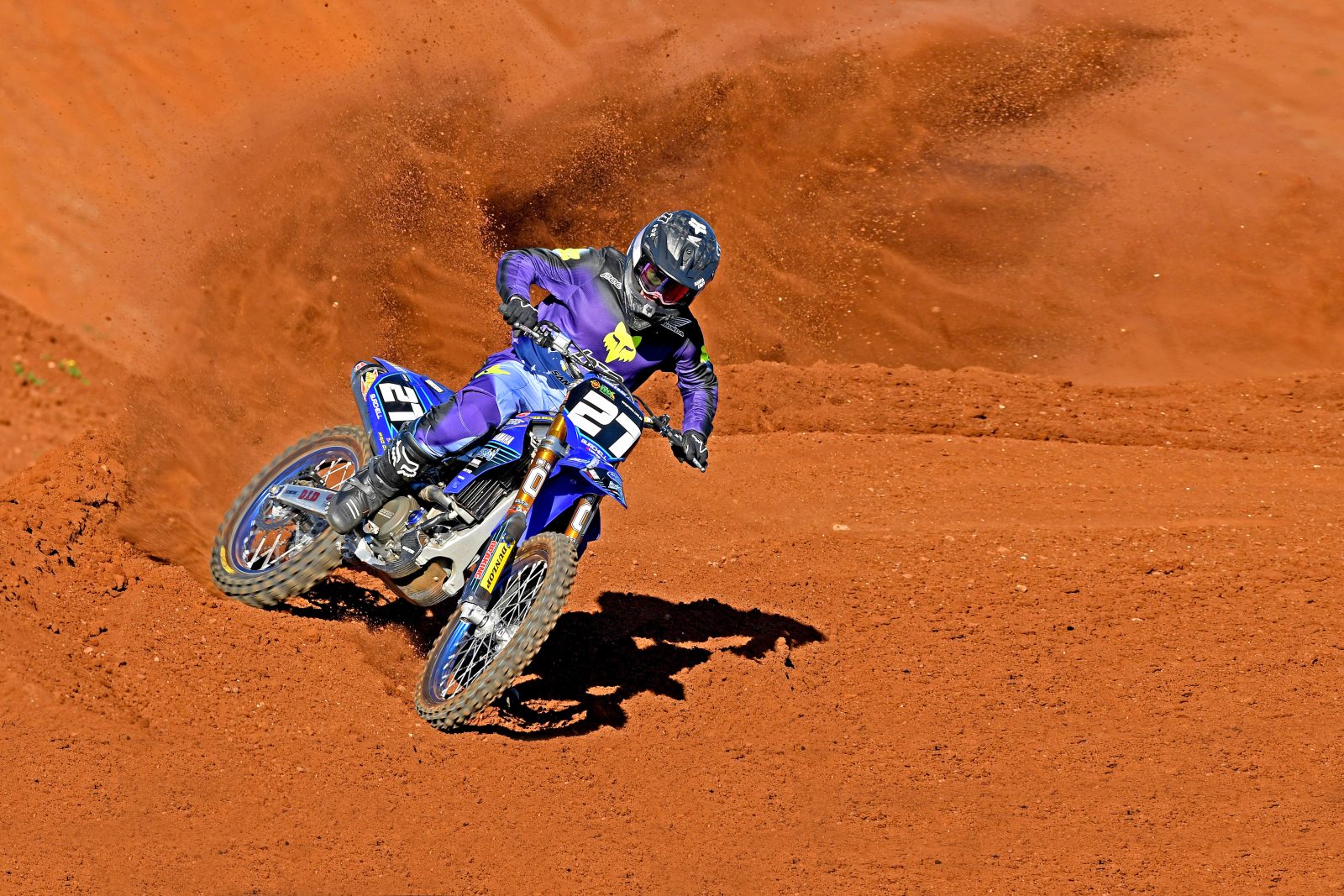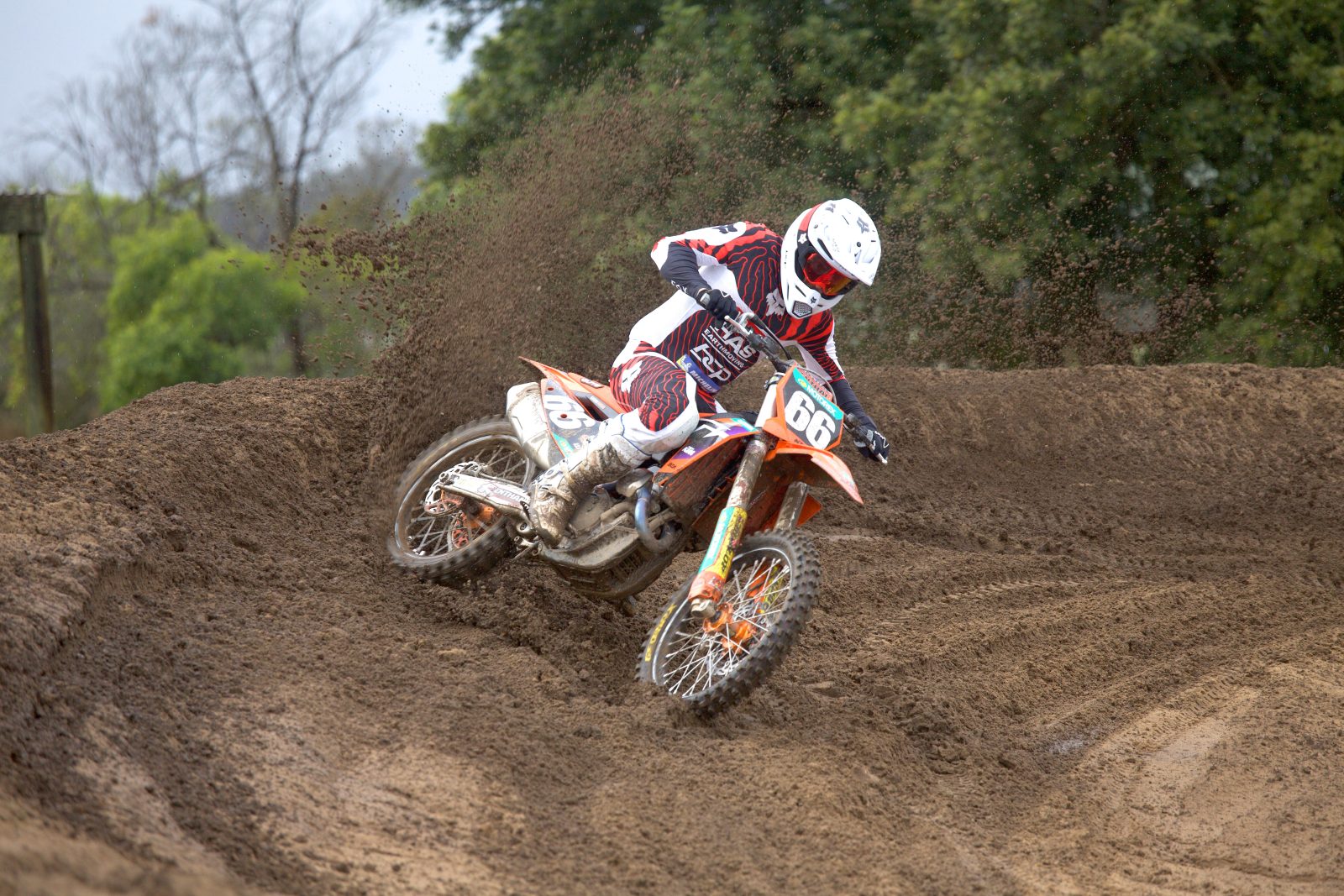While testing this vehicle I was bombarded with uninformed comments from fellow motorists like “Wow, that’s cool, but how’s the damage to the wallet at the bowser?” or “That thing must be a nightmare to park!”
All this disrespect from people who’ve never owned a Ram, just sheep and never driven one. I’d been brainwashed by the same BS all my life, that big American trucks are fuel-guzzling ozone killers that handle like shopping trollies and bring on aneurisms when you attempt to park.
But all those ideas have been busted after piloting the Ram 2500 Laramie for a month. I had the opportunity to drive the Ram (Ram split from Dodge in 2009) on open highways, down small country lanes, over hipsters in city backstreets and across four-wheel-drive tracks while flattening ’roos. Quality time with this tough Yank did nothing but satisfy my curious taste buds.
It may look big in the flesh (and on paper) but the Ram 2500 Laramie somehow shrinks in the hand (Wayne Szalinski knows what I mean), while the fuel economy proved better than my trusty Holden Rodeo. So why the stigma?
In all fairness, the American pick-ups (or utes as we call them here) of yesteryear were gas-guzzling tanks that were hard to park because visibility was a nightmare and the handling left a little to be desired. However, thanks to technological advances in the car industry, these attributes have gone and once the masses are re-educated, hopefully that stigma will disappear.
American pick-ups have always come with large engines and the Ram 2500 Laramie is no different. A big engine means big towing capacity. This thing is not designed for school drop offs, it’s built to haul loads.
With a braked towing capacity (electric brakes are fitted as standard and are digitally adjustable from the cab) of 6.9 tonnes on the Pintle hitch, the 6.7-litre Cummins turbo diesel is an impressive tugboat, producing 1084Nm of torque while pumping out 276kW. That’s more than double the braked towing capacity of most conventional dual-cab SUVs available in Australia.
You may be thinking, ‘that’s impressive but who’s towing 6.9 tonnes?’ Most enclosed trailers loaded with several bikes and gear will tip the scales at 2-3 tonnes, which means an SUV could tow it. But have you ever tried towing earthmoving machinery from one motocross track to the other using a Mitsubishi Triton? It’s a long haul.
While the monstrous towing capacity isn’t a necessity for most dirtbike riders, the ease with which it does it is unparalleled. We loaded up two dirtbikes, a quad, a bunch of swags and camping gear into a four-wheel-drive trailer and the Ram 2500 towed it all with such ease that I needed a blast of the horn from a fellow motorist to remind me I was dragging over 1.5 tonnes when I nearly parked the trailer in their passenger seat.
Towing anything from enclosed bike trailers to horse floats, car trailers and earthmoving machinery is a breeze when you’ve got 1084Nm. The Ram’s not the quickest off the line, but you’ll be no slower with a trailer hooked up. The coil-spring front and rear suspension is a little firm, especially without a load, but a comfortable interior eliminates that problem.
Ram’s Active Air system takes care of the cooling and we never encountered any issues of overheating. While the indestructible Cummins engine hauls a huge load, the sound deadening is impressive. Even when going up and down gears in the six-speed automatic gearbox with the cruise control on you could hardly hear the engine. It doesn’t lurch when changing gears and the engine is so smooth you’ll feel like you’re driving
a hatchback.
While it’s handy to have an engine that can tow nearly seven tonnes, stopping a mothership like this will take some effort. As discussed earlier, the 2500 Laramie has electric trailer brakes fitted as standard, which can be adjusted via a clever gauge on the dash. The power of the electric brakes appears on the screen in front of the driver as you tune them in and out. But that’s not the coolest feature.
The 2500 Laramie also comes with an exhaust brake, that has a full-power mode for the mega load and an auto power mode for smaller ones. For those of you who have never driven a big rig (don’t worry I haven’t either) the exhaust brakes basically force exhaust back into the engine, causing the motor to run more slowly.
While travelling out to Lithgow from Sydney on the Bells Line of Road we were able to rely on the exhaust brake to slow our machine rather than the traditional system, saving the brake pads from overheating and improving safety. Relying solely on the exhaust brake can be a little dangerous as a following motorist will not see any brake lights. If it works too well, your trailer might jack knife, so you need to cover the brake pedal and tap the trailer brake if needed to straighten your tail. Best part is that the exhaust brake sounds cool, making the noise you made as a kid playing in the sandbox.
BIG FRIENDLY GIANT
The Ram 2500 Laramie has road presence. While traversing the small lanes of Surry Hills in Sydney, I had oncoming cars heading for the kerb, while hipsters could have slipped straight underneath (thanks to the 218mm of ground clearance) without even a scratch. It is big.
Thanks to the plethora of parking sensors and cameras, the 2500 Laramie was surprisingly easy to park and thread through tight spaces. The engine is so strong you don’t notice the 3.5-tonne kerb weight, but at over two metres wide and nearly two metres high, underground parking bays are a little tricky. Once you got used to the dimensions, parking the machine was a breeze. It fitted comfortably between the parking bays’ white lines but, at just over six metres long, it did stick out in just about every park we tried.
The 2500 Laramie is sure footed. With a wheelbase of 3.7m, the passengers in the rear seats did not sit near the rear wheels, meaning the comfort for all five passengers (the front centre console transforms into a seat), was impressive. The sidesteps carry on past the cab, so you could use them to load the tray without having to step up on the rear wheels.
While the wheelbase is long, turning wasn’t as bad as you might think. You just have to remember the length, like you would when towing a trailer. With a turning circle of about 13 metres, I could just turn the Ram 2500 around on a regular dual carriageway, without having to punch out a three-point turn.
TIGHTER THAN A GYPSY
Big engine, big loads and big dimensions mean big fuel bills right? Wrong. To our surprise, we were able to keep the 2500 Laramie to around 15L/100km while cruising through Sydney and down to 12.9L/100km while cruising the freeway with a trailer and bikes loaded. That’s marginally worse than our Mitsubishi Triton dual cab, which averages 10L/100km on the freeway and about 13L/100km in the city but the Triton isn’t in the same league as the Ram 2500 for toy hauling.
Based on towing capacity, engine size and road presence, the 2500 Laramie is closer to the V8 diesel Toyota LandCruiser series, and the Laramie 2500 uses roughly the same amount of fuel as those. While towing, the fuel economy didn’t change much and the big 117L petrol tank gave nearly 1000km of highway kilometres.
While the fuel economy is impressive for a car that weighs 3.5 tonnes and can tow a small house, the RRP brings you back to earth. At $139,000 the Ram is an expensive piece of kit. You could buy two Hiluxes for that, but it isn’t much more than a 200 Series ’Cruiser.
For that price you get a machine loaded with features and, if you’re in the mood to tow, there is none better.
BABY’S BOTTOM
The tough exterior, monstrous engine and firm suspension were all an illusion when driving. The 2500 Laramie had the interior of a Holden Commodore Statesman. With electronically adjustable leather seats which could be heated and cooled, satellite navigation, phone mirroring and U-Apps capability, digital tyre pressure monitoring, cargo and towball camera, heated steering wheel, telescopic pedals, electronically adjustable mirrors, including a digital dimmer for your rear-view mirror when driving at night, a sunroof, power rear window, under-seat storage compartments, dual zone climate control, 240-volt outlet in the dash, electronic stability control, remote start, airbags everywhere, electronic throttle, on-the-move four-wheel-drive selection with low and high range and loads more, the Ram 2500 has all the bells and whistles.
The comfort of the interior made you forget about the beast you were driving. The steering was accurate and light and the driver position allowed you to get comfortable behind the wheel, without feeling cramped. Long highway hauls felt like quick trips up the road, and the leg space for the rear passengers was just over one metre, meaning even at 188cm I could sit in the back without my legs touching the front seats.
don’t knock it ‘til
As Aussies, it’s in our nature to criticise something before we’ve even given it a go.
I guarantee if you asked an Aussie to try snails they’d say “no thanks”. So, before you scoff at the idea of driving a Yank tank, I encourage you to consider everything we’ve discussed.
The engine is an absolute cracker, and while the suspension is on the firm side, it is designed to handle up to 6.9 tonne. Fuel efficiency is much better than previous models and no worse than current ’Cruisers.
The physical size is quickly forgotten thanks to a comfortable, practical and high tech cabin and the road presence and driving comfort mean long hauls from home to the track are a breeze.
WORDS & PHOTOS // MITCH LEES
